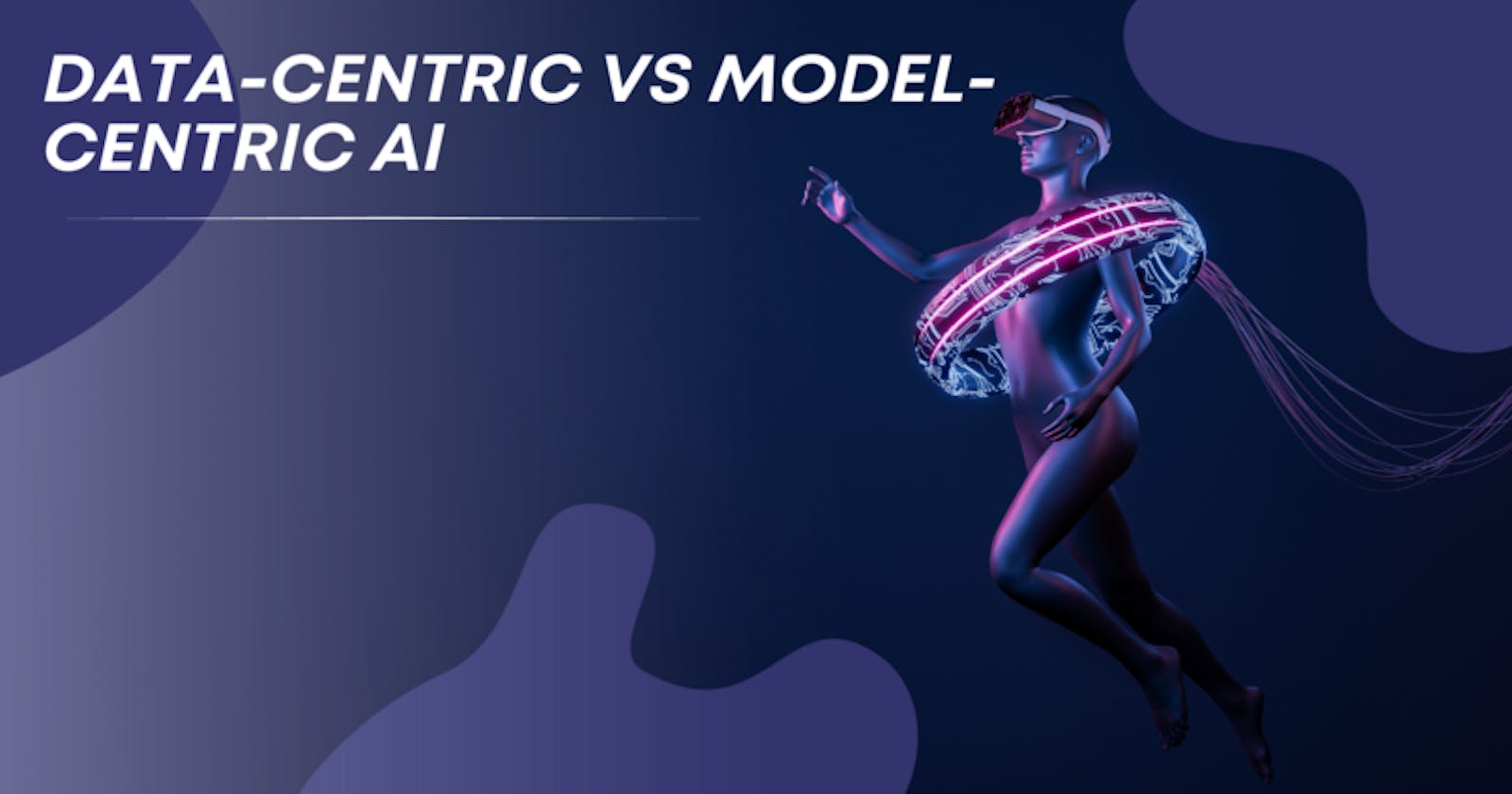The world of AI is expanding exponentially, and there is much talk about the best approaches. Data and analytics solutions combined with the power of machine learning have the potential to change how businesses leverage their information.
One significant discussion in AI is the better data-centric or model-centric approach. In this post, we will discuss the two methods and give examples. Moreover, we will also discuss the benefits and drawbacks of each approach.
The aim here is to determine which approach is better for your business. As product managers and data science architects, you must know both areas to make informed decisions while you are building any product or service.
Model-centric approach to AI
The model-centric approach uses suitable machine-learning algorithms, programming languages, and AI platforms to create quality machine-learning models. This approach has successfully facilitated advancements in machine learning and deep learning algorithms.
Additionally, building high-performance models has enabled us to create better AI and machine learning frameworks using various programming languages like Python, R, and more.
Some of the frameworks resulting from this approach are python Sklearn, TensorFlow, PyTorch, and several others.
Furthermore, almost every cloud service provider offers one or other AI/ML services geared towards making machine learning models. Lastly, the introduction of this approach has resulted in ubiquitous professionals taking jobs in the data science and machine learning field.
Focus areas of model-centric AI
The best ML algorithm for generalization accuracy
Whether you should use one model or multiple models
Finding the best ML frameworks and tools for building and monitoring ML model performances.
Choose the best MLOps frameworks that would suit the deployment of the model into performances.
Determine the expertise and experience required for building and deploying Ml models into performance.
Advantages of the approach
- Use the approach to solve AI problems
Create better models that lead to advancements in the technology
The ideal approach for businesses and companies that wants to leverage data and solve business problems using AI.
Data and analytics solutions are critical factors in AI using the data-centric model approach. In this approach, the focus is on acquiring the right data to build high-quality, high-performance machine learning models. Here the focus is on getting the right data and training the model using it rather than on the model itself.
Key features of high-quality data set that result in better AI/ML models
- Have a consistent data labeling process
Get rid of any ambiguous data samples
Find out and get rid of any noisy or outlier data set
Provide a data set that is free of missing values
Ensure that the data set represents the actual data. That is, it should have several varied instances to ensure that all possible scenarios are covered.
Check if the data maps to business levers.
Focus on what data is needed and not on the volume of data.
Remove any data bias or data leakage.
Advantages of Using a Data-Centric AI Approach
Better model performance when you use new data as you focus on collecting high-quality data sets and data representative of actual data.
It means fewer resources as fewer data is required for high performance. It is the ideal choice for businesses I want to leverage data for solving business problems.
Demerits of the data-centric approach
Managing data quality can become challenging.
A biased data set is possible if the collected data does not represent the population.
It can incur more costs for the business if you need a lot of data to train the model.
What Model Should You Choose?
As stated above, the data-centric and model-centric approaches to AI are valid. While one gives precedent to data, the other gives importance to the set of machine learning algorithms, programming languages, and AI platforms.
In the best scenario, the business should use a hybrid approach to ai for the best results. The hybrid or balanced approach between models and trick and data-centric model is the best way to make smart machines.
Now, depending on the data you have available and your resources' capability to carry out the process, you need to decide which works best for you.
To find the best solutions that the world needs currently, look no further than the artificial intelligence trends of 2023.
Data and analytics solutions - Choose your Approach and Your Resources
Using excellent data and analytics solutions to create robust AI solutions that matter generally requires skilled IT professionals who can guide you on the various benefits and drawbacks of the options available before you start working on a project. Now, every project is different, so the approach will vary depending on your requirements.
If you want to create machine learning solutions using either of the two approaches or a hybrid model, get in touch with MoogleLabs - an artificial intelligence development company based in Canada that would be happy to help you in this endeavor.

